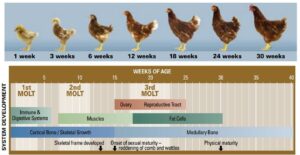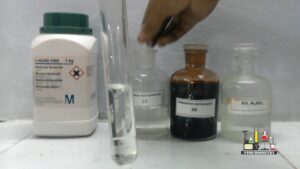Invertebrate fossils form a substantial part of the fossil record and are key indicators in the fields of paleontology, biostratigraphy, and evolutionary biology. These organisms, lacking vertebral columns, often had hard shells or exoskeletons which fossilized well. Their abundance and widespread distribution make them excellent index fossils for dating sedimentary rock layers.
Thank you for reading. Don't forget to subscribe & share!
1. Coelenterates (Cnidarians): Radially symmetrical, soft-bodied aquatic animals Includes corals, sea anemones, jellyfish. Fossilized primarily as coral skeletons (calcium carbonate)
Fossil Forms:
Tabulate corals (Paleozoic)
Rugose corals (horn corals)
Scleractinian corals (modern reef builders)
Geological Significance: Used as indicators of paleoenvironmental conditions Help in reef reconstruction and climate inference
2. Trilobites: Extinct marine arthropods with segmented exoskeletons. Three-lobed body plan: cephalon, thorax, pygidium
Time Range: Cambrian to Permian (~521–252 million years ago)
Fossil Significance: Excellent index fossils. Reveal evolutionary trends in early arthropods Help understand ocean floor ecology of Paleozoic Era
3. Ammonites: Extinct marine cephalopods (related to squids and octopuses). Coiled shells with complex suture patterns
Time Range:Devonian to Cretaceous (extinct at end-Cretaceous)
Fossil Significance: Key index fossils for Mesozoic strata. Rapid evolution and wide distribution help in biostratigraphy. Suture complexity aids in species differentiation
4. Brachiopods: Marine organisms with two shells (valves), but unlike bivalve mollusks. Bilaterally symmetrical across the valves (not between them). Abundant from Cambrian to present, peak in Paleozoic
Fossil Importance: Indicative of past marine environments. Help reconstruct benthic (sea floor) ecosystems. Useful in stratigraphic correlation
5. Mollusks: Major Groups Fossilized: Bivalves (e.g., clams, oysters), Gastropods (e.g., snails), Cephalopods (e.g., ammonites, belemnites), Calcareous shells (single or paired). Exhibit wide habitat diversity: marine, freshwater, terrestrial
Importance: Useful in paleoecological reconstructionsPresence in varied sediment types allows broad geological application
6. Echinoderms: Marine invertebrates with fivefold symmetry. Endoskeleton made of calcium carbonate plates
Fossil Forms:
Crinoids (sea lilies)
Echinoids (sea urchins)
Asteroids (sea stars)
Time Range:Cambrian to present
Fossil Value: Crinoid stems and echinoid tests are commonly preserved Useful in interpreting water depth and sedimentary conditions
Paleontological and Geological Applications
| Fossil Group | Use in Stratigraphy | Paleoenvironmental Value | Index Fossil Utility |
| Coelenterates | Moderate | Reef development, sea level | Yes (corals) |
| Trilobites | High | Marine floor ecosystems | Excellent |
| Ammonites | Very High | Marine temperature and salinity | Excellent |
| Brachiopods | Moderate | Benthic conditions | Good in Paleozoic |
| Mollusks | High | Marine and freshwater transitions | High |
| Echinoderms | Moderate | Water clarity, depth | Moderate |









